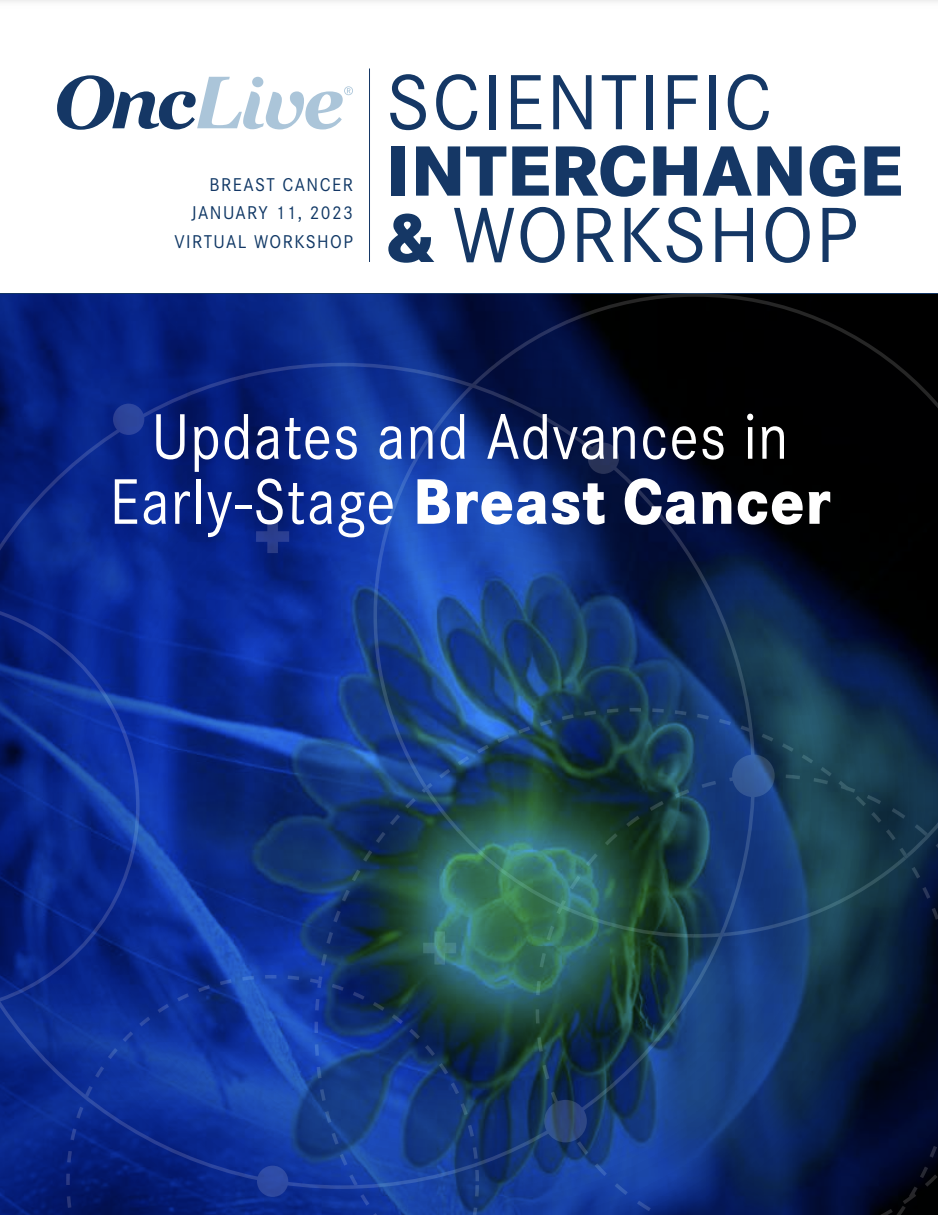Commentary
Video
Dr Jhaveri on the Implications of DESTINY-Breast06 for HR+/HER2-Low and -Ultralow Breast Cancer
Author(s):
Komal Jhaveri, MD, FACP, discusses the implications of the DESTINY-Breast06 trial for hormone receptor–positive, HER2-low and -ultralow breast cancer.
Komal Jhaveri, MD, FACP, section head, Endocrine Therapy Research Program, clinical director, Early Drug Development Service, Patricia and James Cayne Chair for Junior Faculty, Memorial Sloan Kettering Cancer Center, discusses the clinical implications of the phase 3 DESTINY-Breast06 trial (NCT04494425) for patients with hormone receptor–positive, HER2-low or -ultralow metastatic breast cancer.
At the 2024 ASCO Annual Meeting, investigators presented data from the primary analysis of the randomized, multicenter, open-label study, which evaluated fam-trastuzumab deruxtecan-nxki (T-DXd; Enhertu) vs chemotherapy for patients with HER2-low, hormone receptor–positive breast cancer who were not previously exposed to chemotherapy in the metastatic setting but had received at least 2 lines of prior endocrine-based therapy, Jhaveri begins. Additionally, the study evaluated the activity of T-DXd in patients with tumors with HER2-ultralow expression, defined as more than a score of 0 but less than 1+ by immunohistochemistry, which represents less than 10% of incomplete membrane staining, she explains.
The primary end point was progression-free survival (PFS), and overall survival (OS) was a keysecondary end point, Jhaveri states. Results showed a statistically significant improvement in PFS with T-DXd vs investigator’s choice of chemotherapy, she reports. In the HER2-low population, the median PFS was 13.2 months for T-DXd (n = 359) vs 8.1 months for investigator’s choice of chemotherapy (n = 354; HR, 0.62; 95% CI, 0.51-0.74; P <.0001). In the intention-to-treat population, which included patients with HER2-low or -ultralow disease, the median PFS was 13.2 months for T-DXd (n = 436) vs 8.1 months for chemotherapy (n = 430; HR, 0.63; 95% CI, 0.53-0.75; P <.0001). In those with HER2-ultralow disease, the median PFS was 13.2 months for T-DXd (n = 76) vs 8.3 months for chemotherapy (n = 76; HR, 0.78; 95% CI, 0.50-1.21).
However, OS data remain still immature, necessitating longer follow-up, Jhaveri notes.
Although the analysis of the HER2-ultralow population was exploratory and the numbers were small, the PFS data in this subgroup appeared similar to the HER2-low group, she elucidates. Thesedata suggest a trend in favor of T-DXd, although the confidence intervals for the ultralow cohort were broad, Jhaveri notes. Regulatory agencies will need to review this data to determine its implications for clinical practice, she adds.
Overall, these data indicate that T-DXd is a viable first cytotoxic treatment option for some patients with HER2-low metastatic breast cancer, especially those with low visceral disease burden or endocrine-sensitive disease, she says. T-DXd should also be considered for patients who progressed on a CDK4/6 inhibitor within 6 months, have extensive disease burden, or have symptomatic visceral disease, Jhaveri concludes.








%20u.jpg?fit=crop&auto=format)
